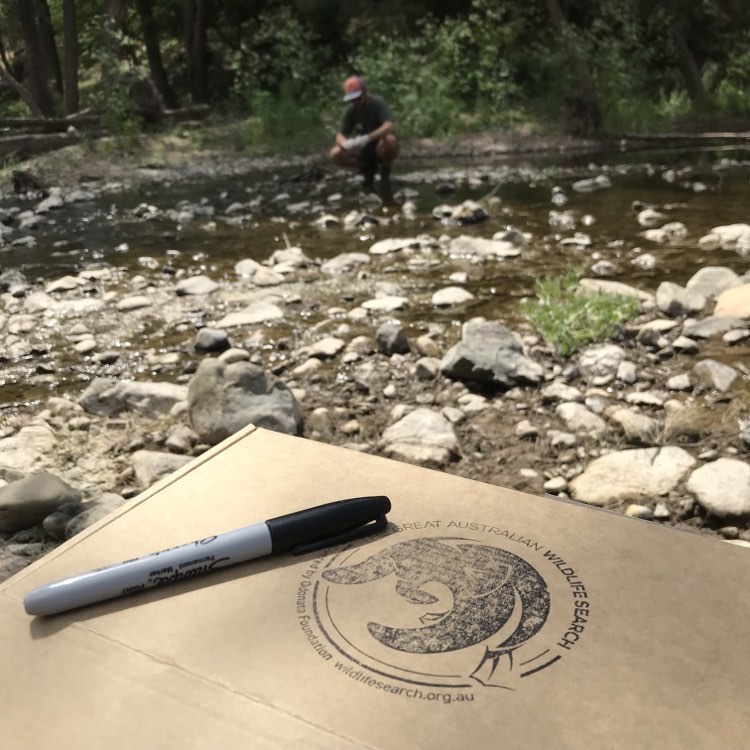
The Great Australian Wildlife Search: Biodiversity Insights from across the Central Tablelands
The Central Tablelands Regional Landcare Network, in partnership with the Odonata Foundation, has conducted the Great Australian Wildlife Search using eDNA techniques to explore biodiversity across 18 diverse sites, uncovering significant findings including the presence of platypus and the invasive European carp. These insights highlight the urgent need for conservation efforts, which are supported through community-driven initiatives like 'Carp Blitzes' and strategic habitat management.
The Central Tablelands Regional Landcare Network, in partnership with the Odonata Foundation, has participated in the Great Australian Wildlife Search, employing advanced environmental DNA (eDNA) techniques. By collecting water samples from various creeks, streams, and rivers, the project aims to detect and analyse DNA released by organisms into their environments, providing a comprehensive view of local biodiversity.
Funded by the Murray–Darling Basin Authority, which supplied sampling kits, this initiative covers 18 diverse sites across the Central Tablelands. The data collected will enhance local understanding of ecological dynamics and contribute to broader biodiversity studies in Australia.
Key findings include the detection of platypus at four locations: Fish River at Oberon, Macquarie River in Bathurst at Ranken’s Bridge Reserve, Cudgegong River near Munna outside of Mudgee, and Lawson Creek in Rylstone near the showground. The Rakali was also observed at the Cudgegong River in Mudgee near Lawson Park. Across these sites, 29 unique native species were identified, including fish, turtles, frogs, waterbirds, bats and other marsupials.
Among the critical findings of the Great Australian Wildlife Search was the significant presence of invasive species in the Central Tablelands, notably the European carp (Cyprinus carpio). The presence of the European carp in our waterways serves as a critical call to action, underscoring the ongoing necessity to manage invasive species with diligence. To address this, many local communities host annual events known as 'Carp Blitzes,' where residents come together to fish out these invasive species, combining community engagement with environmental stewardship.
Overall, the findings revealed a stark contrast in biodiversity across the sites: while some waterways demonstrated rich biodiversity, others recorded only a few species, highlighting the need for targeted environmental improvements.
Landholders can use many conservation strategies to enhance local waterways. Some strategies include fencing riparian areas to prevent livestock degradation, planting native vegetation, removing invasive species such as willows, and maintaining natural waterway structures like snags to support native fish populations.
Local Landcare groups are engaged in supporting landholders with projects that encourage sustainable environmental practices. Participation in these initiatives can significantly contribute to regional biodiversity enhancement.
The Great Australian Wildlife Search not only maps the current biodiversity status in the Central Tablelands but also highlights the importance of community and landholder involvement in sustaining and improving regional ecosystems. To learn more about our projects visit our website and get involved in our conservation efforts—every action counts towards a healthier environment.




